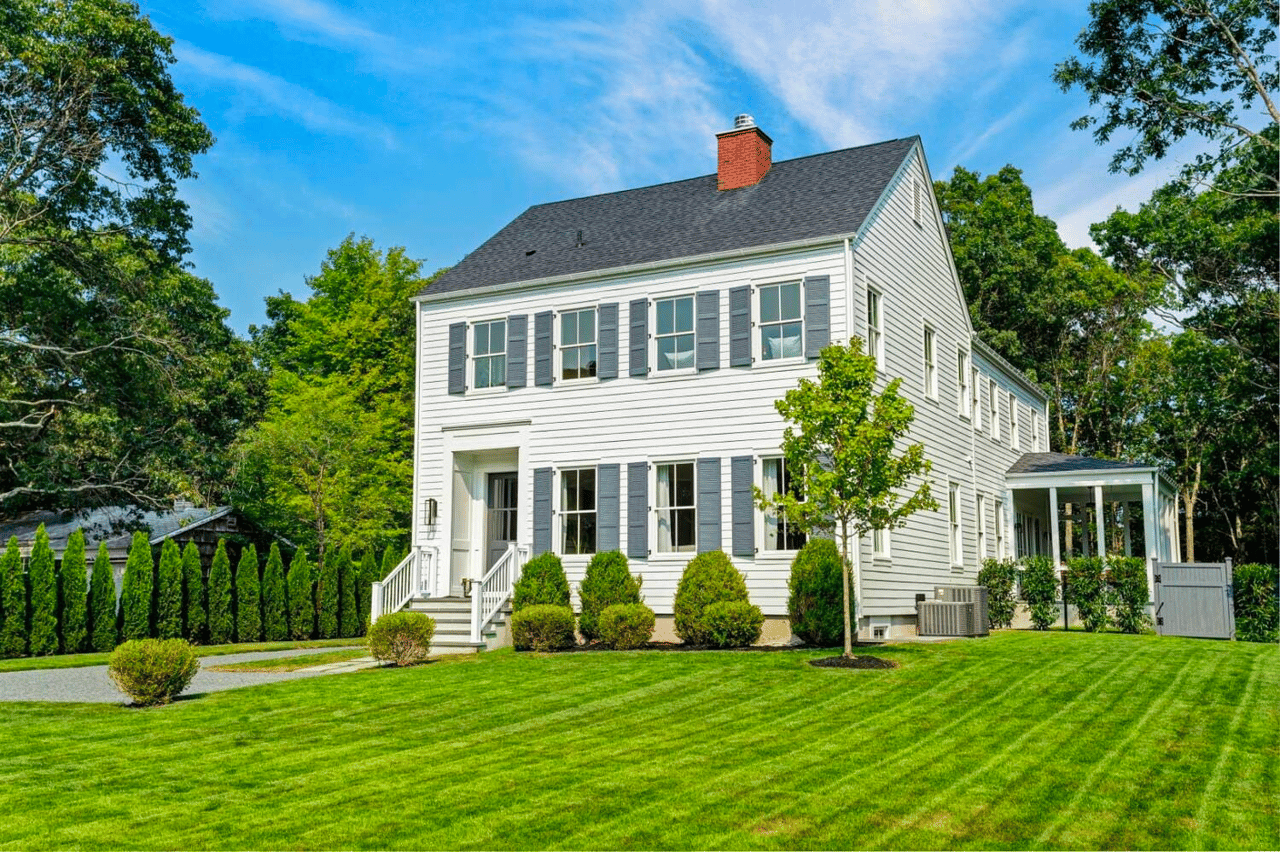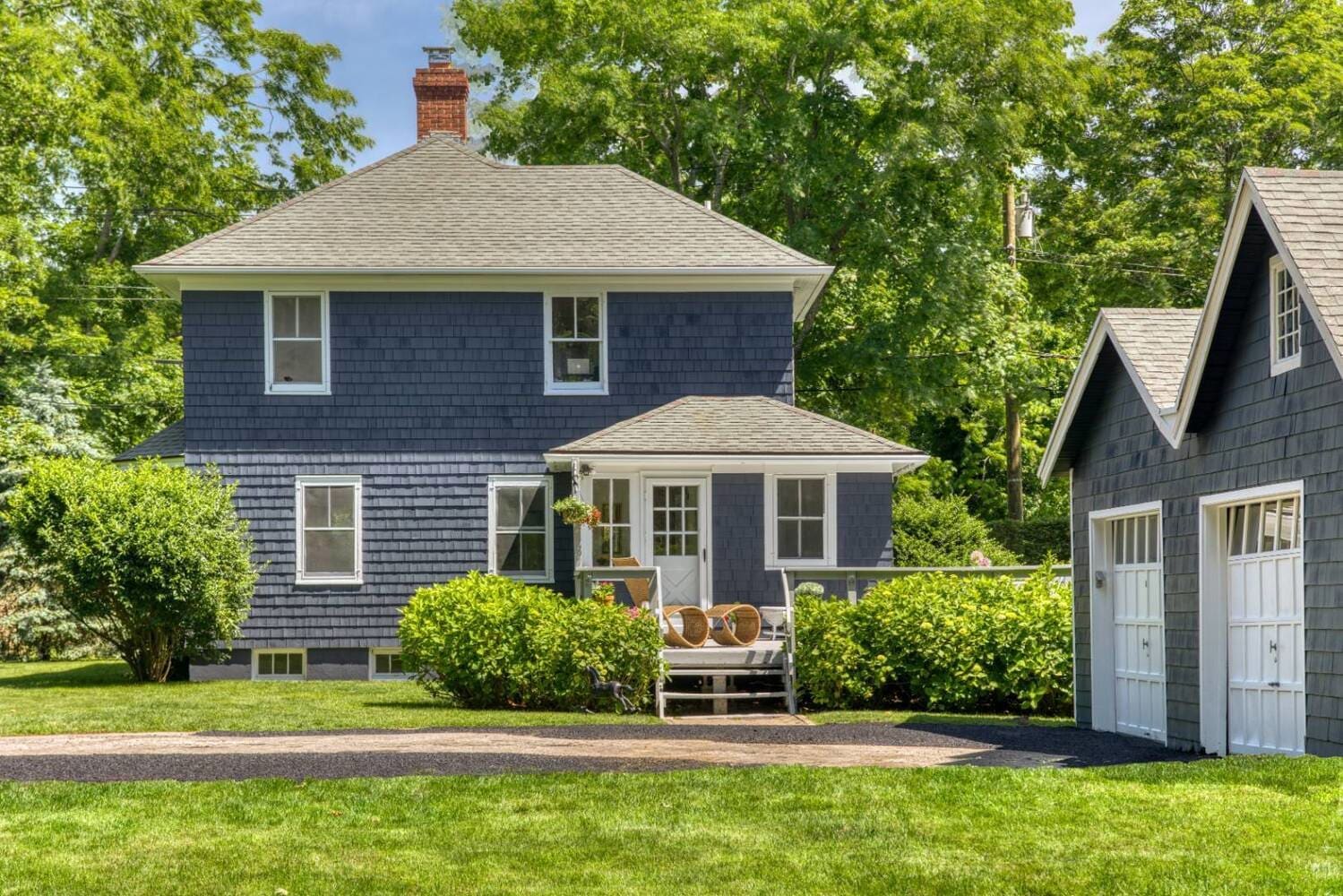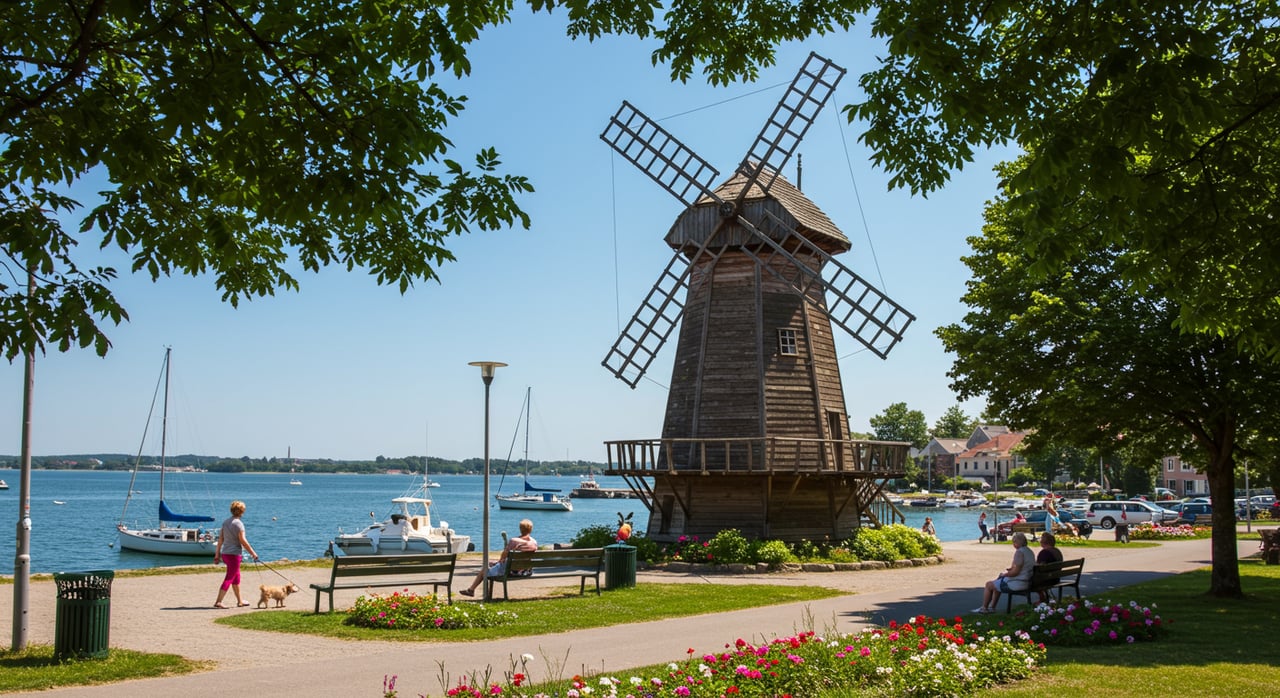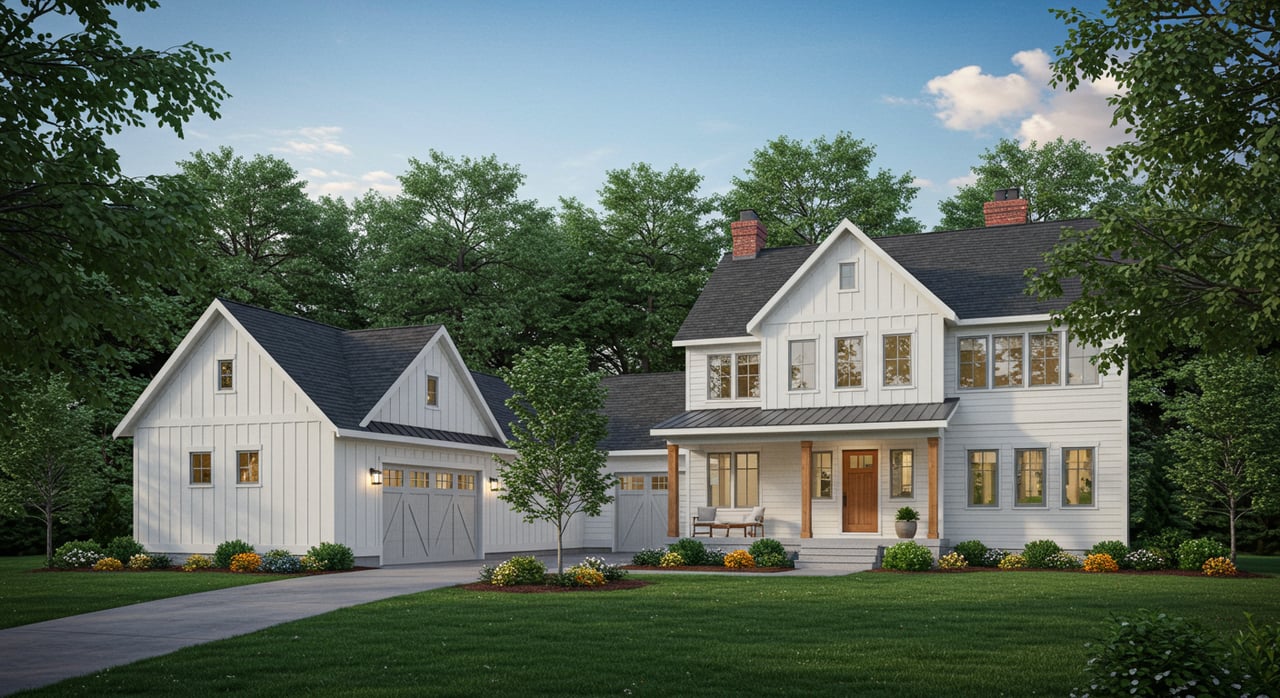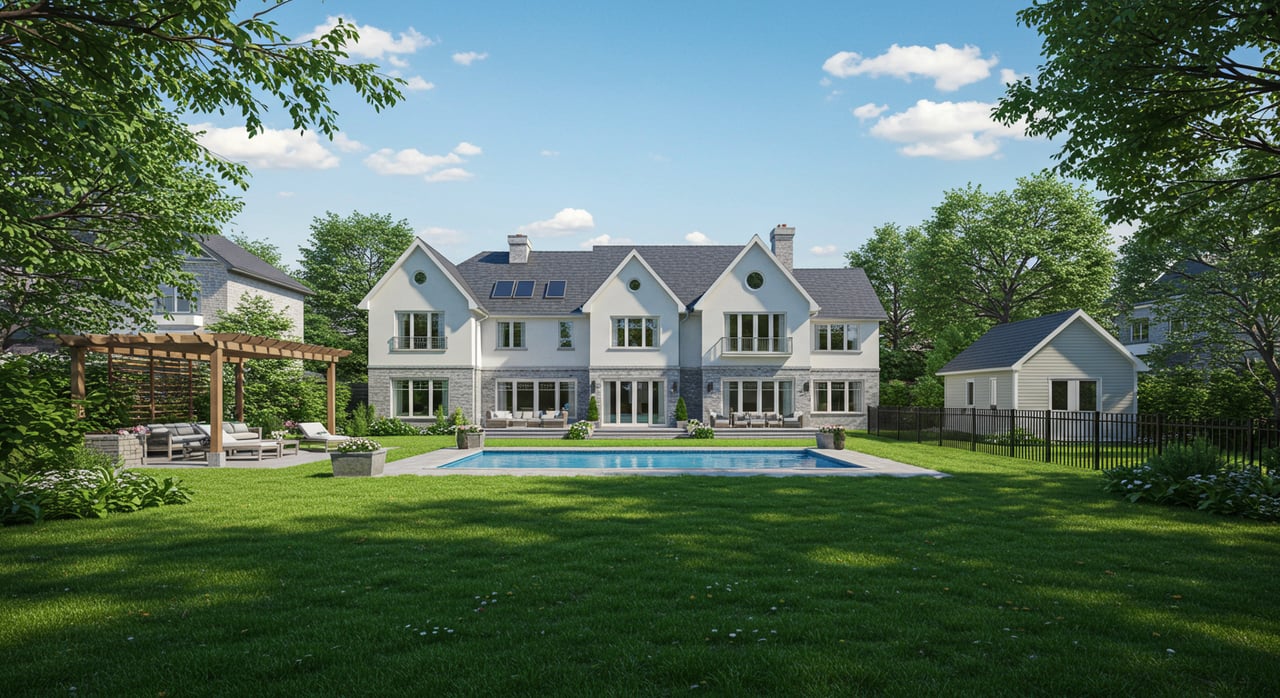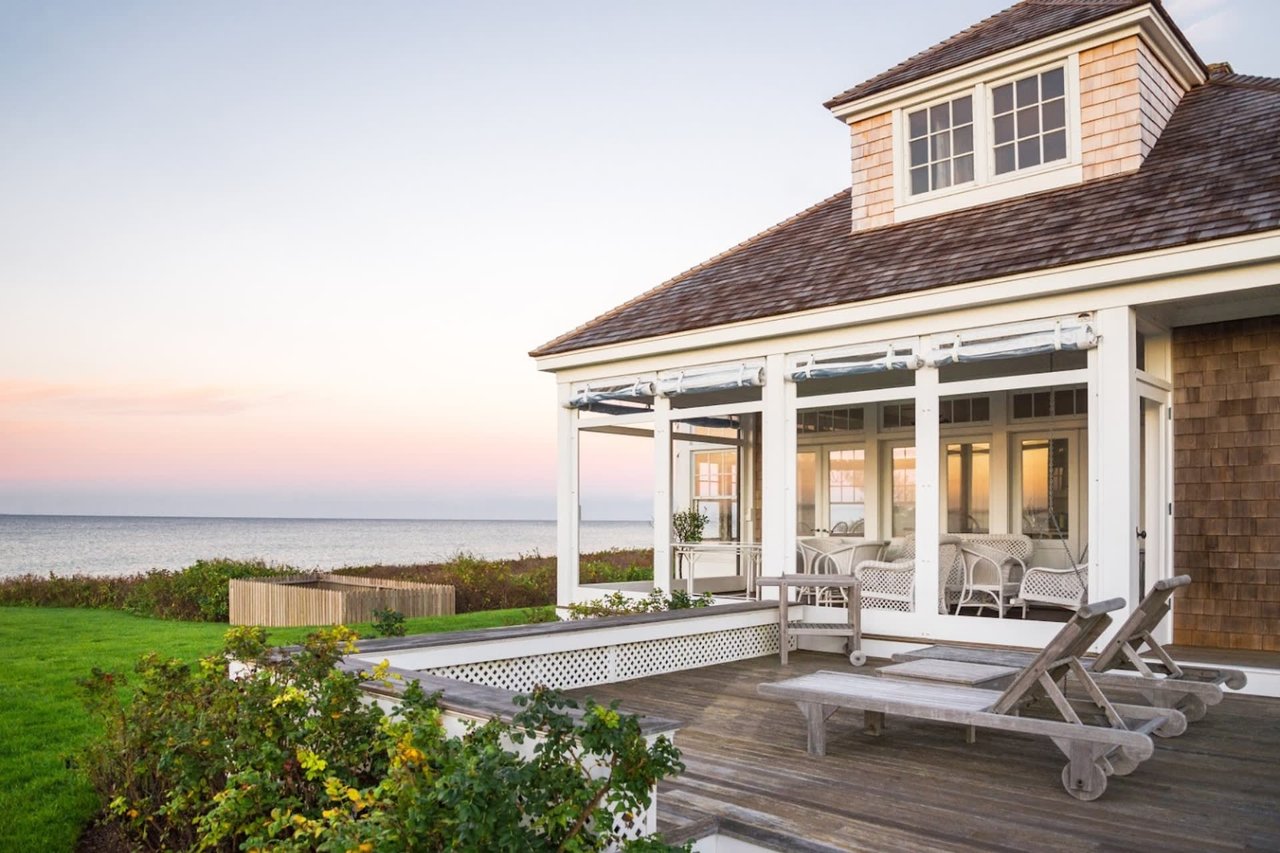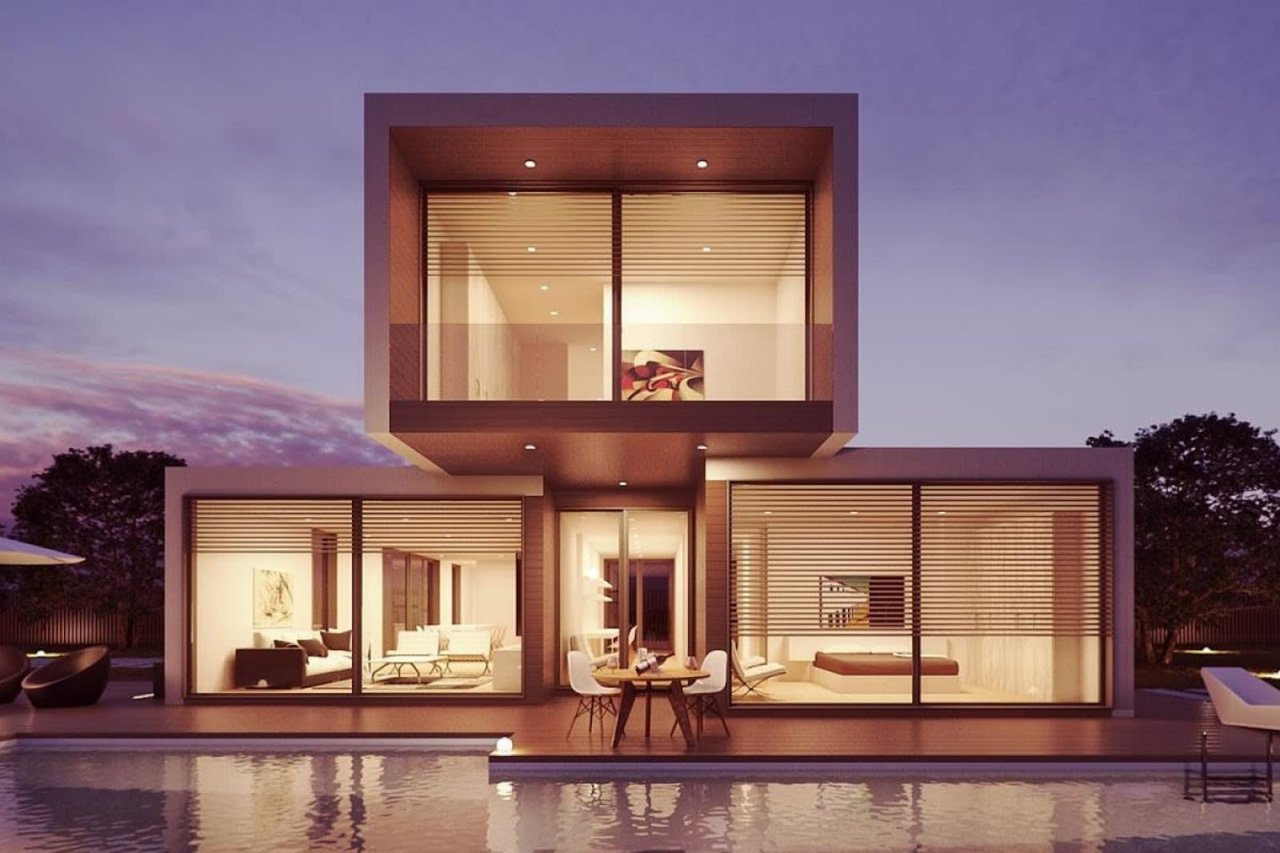Building your dream Hamptons home is a monumental, life-changing endeavor. There are many working parts to consider. Though building a house seems like an intimidating undertaking, there are many reasons to build your own home that make it worth the effort. With the right guideline explaining the costs and concerns involved, you’ll be able to wrap your head around this enormous venture with ease.
Before getting into all the associated costs of building a home, let’s look at some essential tips and tricks to help make this project go as smoothly as possible. With such a massive undertaking, there are many things you’ll need to plan ahead. You want to ensure the home you build from scratch meets all of your requirements, so consider the following when looking to make your home building process seamless.
1. Set a budget
You need to determine what you can afford before the building process begins. Your brand-new home should give you financial freedom, not bankruptcy. Note that the construction process will likely cost more than you think, and setting aside extra cash to cover unforeseen costs is crucial. You’ll need to include money for tax requirements, materials, labor costs, and more. Fortunately, there are tools such as this residential construction estimating software to give you an accurate idea of the project cost.
When building your dream Hamptons estate, chances are, you will need additional financing. If needed, you can get a construction loan to meet the project’s needs and pay builders at specific stages. The lender will inspect the project throughout, and you will receive an occupancy certificate by the end. This type of loan is risky and is based on the assumed value of the constructed property, so be present at all stages to ensure the project costs as the plan suggests.
2. Research contractors
Before shelling out a wad of cash to a contractor you just met who hasn’t ever set foot on your plot of land, do some extensive research. You will be working closely with this person to ensure your Hamptons house is built just the way you want, so don’t skimp on this task. Spend a significant amount of time finding the perfect person for the job. Don’t worry; there are many tips on finding a reliable contractor to aid you in the process. Be sure to ask for referrals, reviews, and any other information about their work before hiring them. This part of the home building process is necessary and will save you time and money in the long run.
3. Plan and design
If you haven’t already, decide if your new home will be custom, modular, or prefabricated. Custom homes will incur higher planning costs, so factor that into your budget. The next step is applying for a building permit. If you’re taking the role of a general contractor, you’ll need to apply for a building permit. If you’ve hired a contractor, they will take care of the paperwork. Check out this thorough guide to assist with planning and designing.
4. Schedules shift
So, you’ve made the life-changing decision to build a home from scratch, and you plan to have it done in 8 months. Sure that timeline sounds excellent, but is it realistic? Your schedule is just a guideline that can evolve based on weather restrictions, unforeseen issues that come up, scheduling contractors, and more. The array of tribulations that can arise when building a home means you shouldn’t have your heart set on a rigid schedule. Be flexible, and understand that your ideal schedule may not pan out, and you’ll feel a massive weight lifted off your shoulders.
5. Sweat equity is invaluable
Putting your back into smaller projects like painting the interior or grouting tile can save you money. Not only is this a money-saving tactic, but it also helps move the building process along faster — no need to work with contractors to fit you into the schedule. Get your hands dirty, and handle small tasks yourself. You should definitely leave the technical stuff like plumbing and electrical to the experts, but there’s no reason why you can’t complete minor projects!
6. Invest in fixtures
If this is your first time building a home, you’ll have difficulty knowing where to allocate funds. While there are plenty of design elements you may be excited to buy – like designer throw pillows and accent tables – they are not to be thought about this early in the process.
Think first about investing in items your home needs that will be reasonably permanent. High-quality fixtures will stick around, even when you change your decor. Investing in solid fixtures now means fewer repairs later. Keep in mind that you can swap out finishes and colors to freshen things up without making any major changes.
7. Go neutral
Perhaps you enjoy vibrant, loud colors and wish to incorporate them when painting your new home. Think long and hard before painting your living room dark blue. You may regret going with that bright orange or dark green. Opt for neutral colors for major areas with varying accents. Choosing neutral shades allows you to redecorate with ease.
8. Complete the job before moving in
This may seem like an obvious point, but when you’re near the end of a long build, your patience wears thin. Plans to landscape the backyard or finish the basement seem unimportant when they’re holding up your move-in date. Trust me, if you already have contractors still working, it’s easier to complete projects now than paying them to come back later. Remain patient, and get everything handled before your first night in the home.
9. Cost calculations
Now that you’re set up for success, it’s time to break down the associated costs, and there are several involved.
- Construction costs vary based on your desired outcome, be it a cost-effective, mid-range, or high-end luxury build. For standard “core and shell” architecture, you’re looking at roughly $300 per square foot, with high-end luxury builds costing around $600 per square foot.
- Acquisition costs account for the total cost for property and equipment after adjusting for incentives, discounts, closing costs, and other necessary fees, before sales taxes. These costs will depend on how much the land costs and how large the property will be.
- Sustainability impact is determined by your design decisions. You can opt for a standard build, eco-conscious build, or passive home/green build. Standard builds cost less than eco-conscious ones, with green builds being the priciest option.
- Landscaping is estimated on the home’s size and whether you’re looking for basic or high-end amenities. There are plenty of excellent landscaping companies to choose from in the Hamptons to assist you with this venture.
- Professional fees are specific to your project and include architectural fees, consultants, surveyors, engineers, lawyers, etc.
- Development costs account for full-service architecture and interiors for a new, modern home. These costs range drastically but can cost anywhere from a few hundred thousand to a few million dollars.
Building a house might seem like an arduous task, but with careful planning, it can be the gift that keeps on giving. This monumental endeavor is stressful but rewarding. When you’re ready to build a Bridgehampton home from the ground up and seek an esteemed real estate agent to assist you, trust Crosby Renwick.
